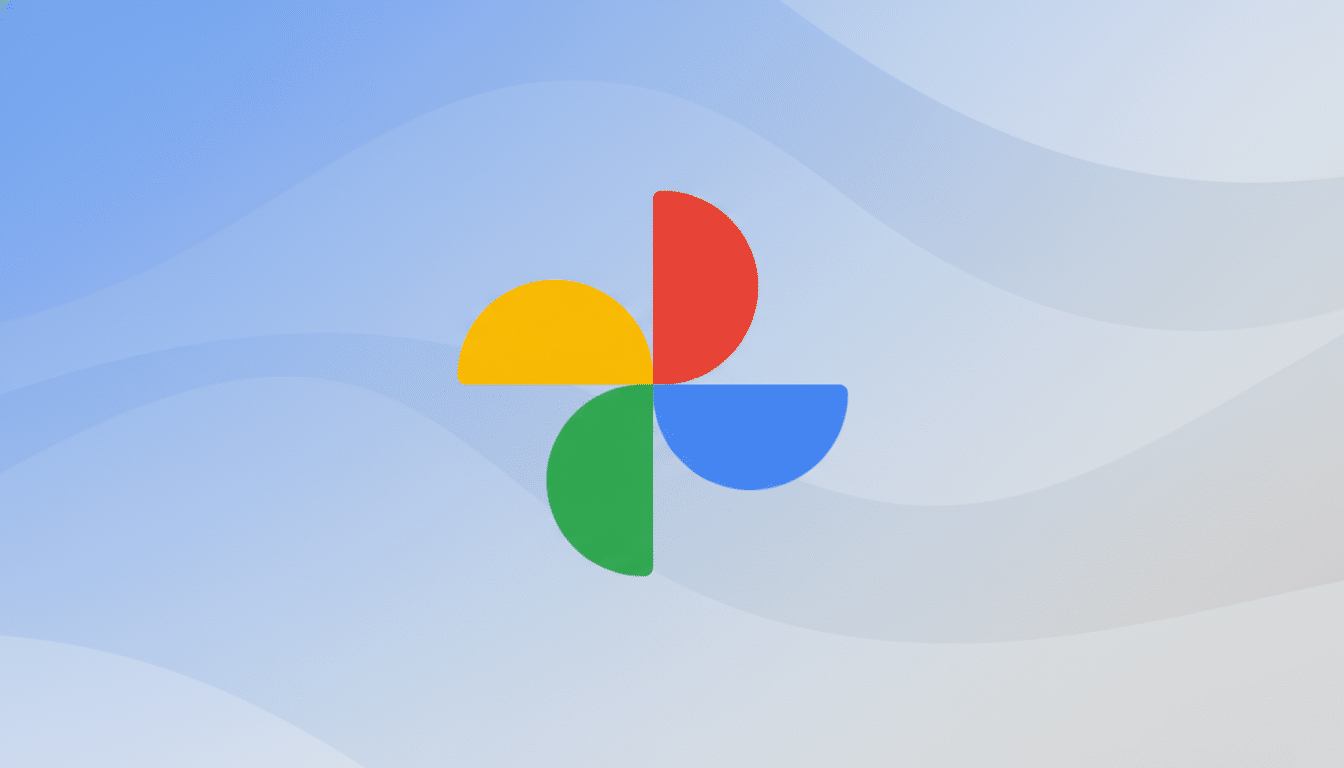Google is testing what seems to be a much-awaited feature in Photos for Android—one that allows you to “lift” the subject from any image and convert it into a sticker that can help juice your social media game. It mimics the widely supported tap-and-hold cutout feature introduced with iOS 17, offering Android users a quick and intuitive way to make background-free stickers from their own photos.
We get a bit of evidence here from recent Google Photos builds for Android, it would seem the service is closer to being rolled out. The long-press experience is largely akin to Apple’s implementation, but it relies on Google’s clipboard and editing workflows themselves, suggesting a smart retooling rather than a one-to-one copy.

How the New Sticker Lift Works in Google Photos
It’s an easy interaction: just tap and hold on the main subject in a photo, and Photos will silhouette the object with a faint glow to acknowledge your touch. From here, a Copy option rises to the surface, creating a cutout preview that you can rapidly modify or trim down within the Photos editor. If you eschew editing, the cutout can be pasted into apps where it’s supported using Gboard’s clipboard.
Unlike Apple’s system, which can automatically present stickers in Messages, the Android method today relies more on manual saving and pasting. Some strings mentioned in the app claim Google is preparing a managed Stickers section within the Collections tab that includes controls to remove items you’ve saved. This implies the saving pipeline is further along, but there may not yet be a totally clear path for everyone.
In practical terms, this feature ought to make it a lot easier to whip out custom responses, fast memes or fun overlays for conversations happening in Messages, WhatsApp, Telegram and such. It also reduces the barrier of casual creativity: no secondary editor, no detour through Canva, just a long press and a paste.
What Powers the Cutouts in Google Photos
Under the hood, Google is almost certainly utilizing today’s modern on-device segmentation models—the type of technology that powers (for example) Magic Eraser and other object-aware tools in Photos. These models recognize individuals, pets and other common objects, then produce a clean alpha mask for exporting the subject as an opacity mask image.
Apple’s lift-a-subject feature leans on its Visual Look Up pipeline; Google has similar capacity through ML Kit and Photos’ established editing stack. Great masks in well-lit shots with obvious subjects and increasingly great in more challenging scenes (hair, motion blur, and overlapping objects) as the model is tuned. On-device processing also has the advantage of being blissfully fast, and it’s one less concern for privacy to worry about because your photos don’t have to leave the phone in order to create a cutout.

Comparison to OEM Galleries on Android Devices
There are already several manufacturers offering them in their gallery apps (Samsung, Xiaomi, and OnePlus all spring to mind). The distinction here is reach and consistency: Google Photos ships widely across Android devices, serving as the default photo library for millions of people. Rolling the feature into Photos makes it accessible to a much wider audience with just one tap, and doesn’t need brand-specific skins or additional downloads.
And it’s not like a Google Photos implementation would work any better at integrating with cross-app workflows. Gboard’s clipboard already works well with images, and Photos’ editing tools are familiar for quick touch-ups, so the experience feels as smooth across devices from various manufacturers.
Why this matters for messaging and everyday sharing
Stickers are the modern-day chat language, and when users make their own stickers it becomes like a viral sort of fire in apps like WhatsApp and Telegram. Turning any photo into a sticker with just a few taps makes the long road between idea and expression much shorter. Instead of scouring packs or depending on generic emoji, you can react with your actual dog’s face, your exact expression or a product shot straight from your camera roll.
If Google adds automatic syncing of these cutouts to a Stickers library, then the process of creation and reuse will be even more glide-like. A simple, searchable catalog inside Photos—backed up and device-agnostic—would be a nice counterpoint to OEM-specific galleries or ad hoc sticker apps.
What to Look for Next in Google Photos Rollout
As is the case with many Google features, this being no different, you can expect a phased rollout based on server-side flags. Availability is subject to change and may vary based on device, region, and Photos version. The ideal experience probably also requires a modern Photos build and Gboard with clipboard support. The finished product might also include a designated Save to Stickers button, unified management in Collections and tighter hooks into messaging apps that allow for giant, transparent PNGs or WebP stickers.
If and when the function were to ship widely, it would address a long-looming parity gap with iOS while also leaning on Google’s expertise in on-device AI with Android as well as its integration across other parts of Google’s broader ecosystem. The promise, for users, is clear enough: A high-quality cutout at the touch of a button, one that’s ready to paste wherever your conversation might lead.

